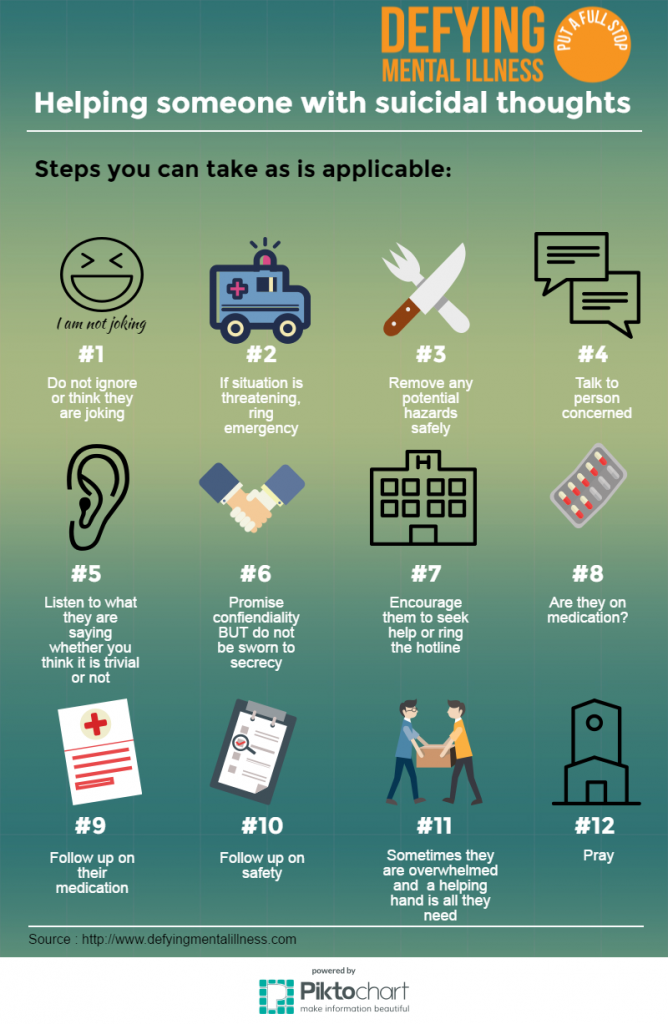Can Ptsd Be Cured
Can Ptsd Be Cured
Blog Article
Just How Do State Of Mind Stabilizers Job?
Mood stabilizers help to soothe areas of the mind that are influenced by bipolar affective disorder. These medications are most effective when they are taken regularly.
It might take a while to locate the best medicine that functions ideal for you and your doctor will monitor your condition throughout therapy. This will certainly entail regular blood tests and possibly a change in your prescription.
Neurotransmitter law
Neurotransmitters are a group of chemicals that control one another in healthy people. When degrees come to be out of balance, this can lead to mood disorders like depression, stress and anxiety and mania. State of mind stabilizers assist to stop these episodes by aiding manage the equilibrium of these chemicals in the brain. They also may be used together with antidepressants to improve their efficiency.
Drugs that function as state of mind stabilizers consist of lithium, anticonvulsants and antipsychotics. Lithium is probably one of the most popular of these drugs and works by affecting the flow of sodium through nerve and muscle cells. It is most often used to treat bipolar affective disorder, however it can likewise be practical in dealing with various other state of mind conditions. Anticonvulsants such as valproate, lamotrigine and carbamazepine are likewise efficient state of mind supporting medicines.
It can take a while to discover the ideal kind of medicine and dosage for every person. It is essential to deal with your physician and participate in an open dialogue about how the medication is working for you. This can be especially helpful if you're experiencing any kind of negative effects.
Ion network inflection
Ion networks are a major target of mood stabilizers and many other medicines. It is currently well developed that they are vibrant entities that can be modulated by a range of external stimuli. In addition, the inflection of these networks can have a variety of temporal impacts. At one extreme, modifications in gating dynamics may be rapid and rapid, as in the nicotinic acetylcholine receptor/channel system. At the various other end of the range, covalent adjustment by protein phosphorylation may cause adjustments in network function that last longer.
The area of ion network inflection is entering a period of maturation. Current research studies have shown that transcranial concentrated ultrasound (United States) can stimulate neurons by turning on mechanosensitive potassium and salt channels embedded within the cell membrane layer. This was shown by revealed channels from the two-pore domain name potassium household in Xenopus oocytes, and focused US dramatically regulated the present flowing through these networks at a holding voltage of -70 mV (ideal panel, relative effect). The outcomes are consistent with previous observations revealing that antidepressants affecting Kv channels regulate glia-neuron communications to opposite depressive-like behaviors.
Neuroprotection
State of mind stabilizers, like lithium, valproic acid (VPA), and carbamazepine, are necessary in the treatment of bipolar disorder, which is identified by persistent episodes of mania and depression. These drugs have neuroprotective and anti-apoptotic buildings that assist to prevent mobile damage, and they also boost cellular resilience and plasticity in useless synapses and neural circuitry.
These safety activities of mood stabilizers might be mediated by their restraint of GSK-3, inositol signaling, and HDAC task. Additionally, lasting lithium treatment protects versus glutamate excitotoxicity in cultured neurons-- a version for neurodegenerative conditions.
Studies of the molecular and mobile effects of state of mind stabilizers have revealed that these medicines have a wide variety of intracellular targets, consisting of several kinases and receptors, as well as epigenetic adjustments. Further study is required to identify if state of mind stabilizers have neurotrophic/neuroprotective actions that are cell kind or circuitry details, and exactly how these effects might complement the rapid-acting restorative response of these representatives. This will aid to develop brand-new, faster acting, extra efficient therapies for psychiatric ailments.
Intracellular signaling
Cell signaling is the process through which cells interact with their setting and other cells. It entails a sequence of action in which ligands interact with membrane-associated receptors and cause activation of intracellular pathways that control essential downstream mobile functions.
Mood stabilizers act upon intracellular signaling through the activation of serine-threonine healthy protein kinases, resulting in the phosphorylation of substratum healthy proteins. This triggers signaling waterfalls, resulting in adjustments in gene expression and mobile feature.
Numerous state of mind stabilizers (including lithium, valproate and lamotrigine) target intracellular signaling pathways by hindering specific phosphatases or triggering specific kinases. These impacts create a decrease in the task of these paths, which results in a decrease in the synthesis of certain chemicals that can impact the mind and lead to signs of clinical depression or mania.
Some mood stabilizers likewise function by improving the task of the repressive neurotransmitter gamma-aminobutryic acid (GABA). This improves the GABAergic transmission in the mind and affordable mental health treatment options decreases neural task, therefore producing a soothing result.